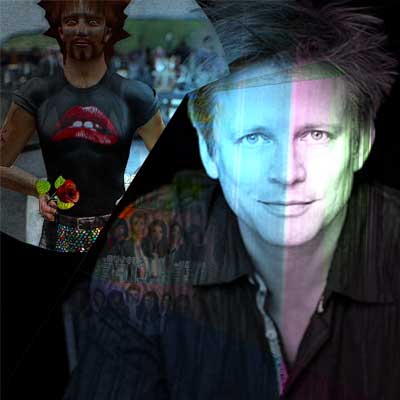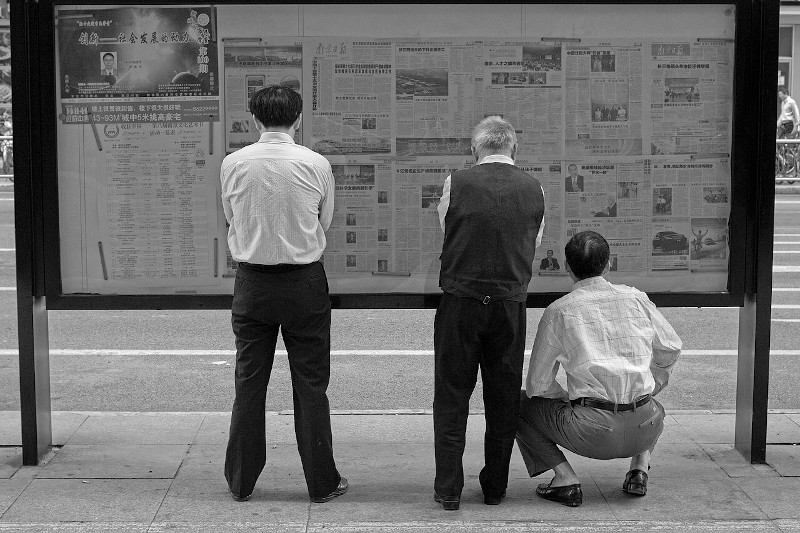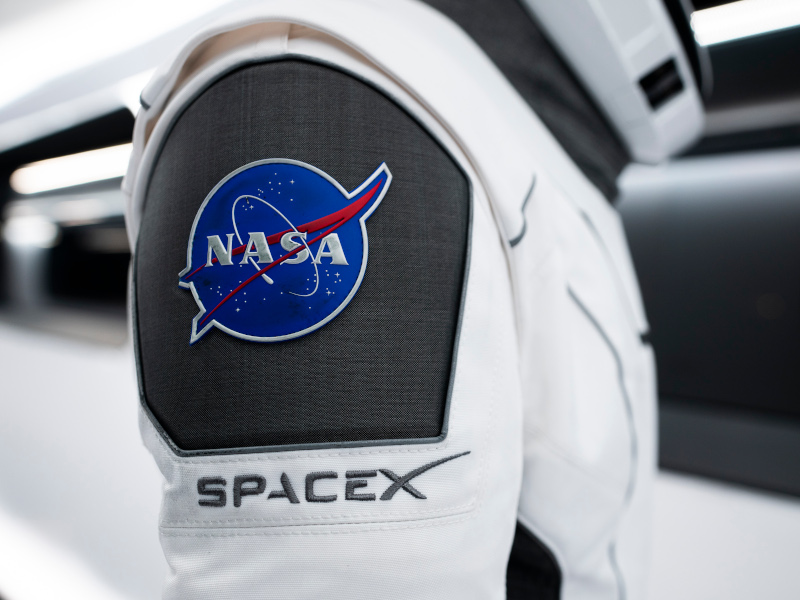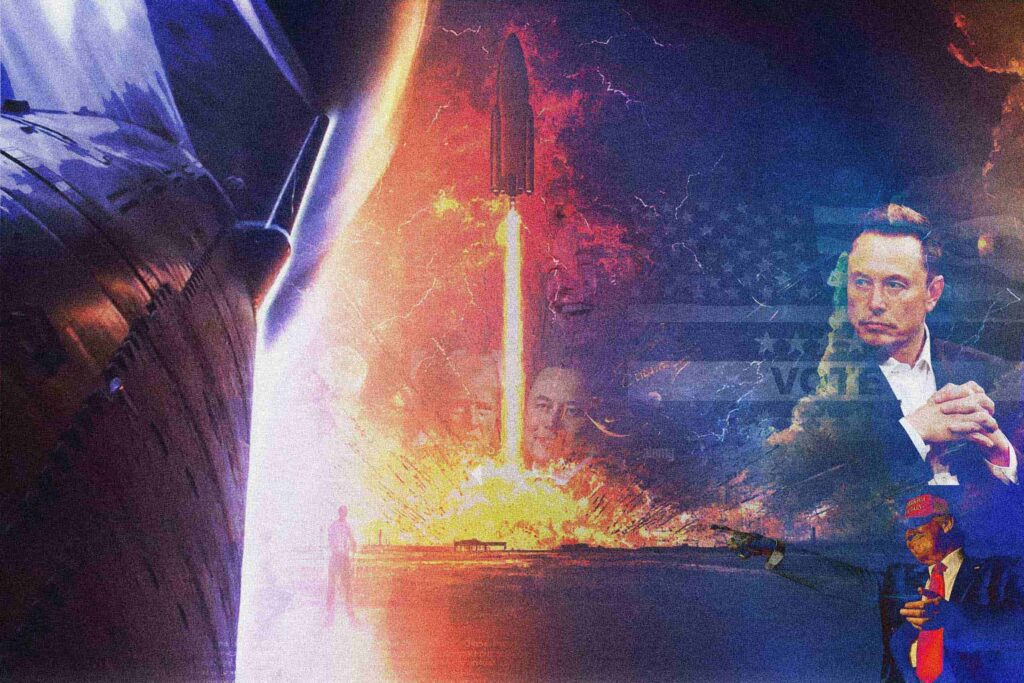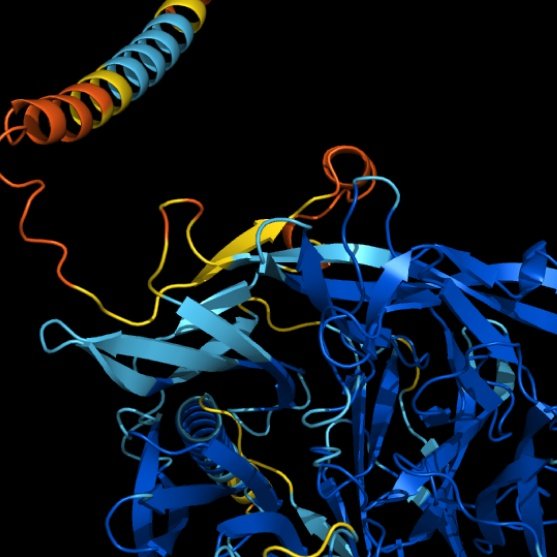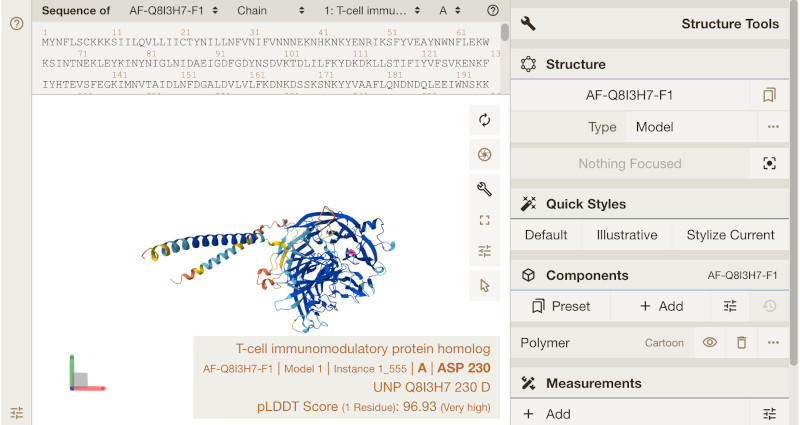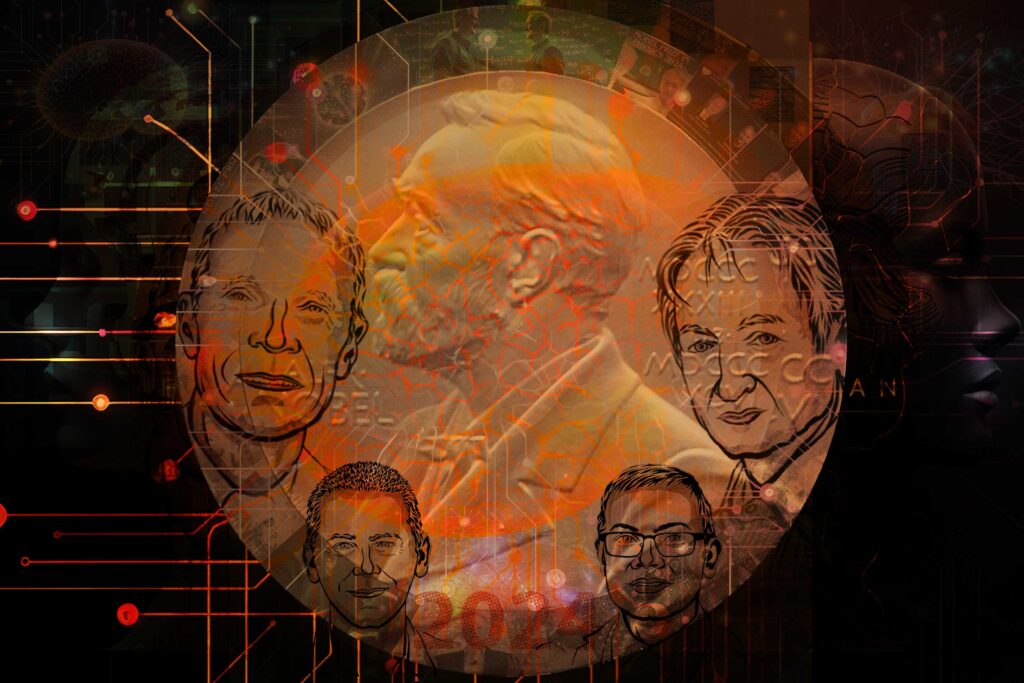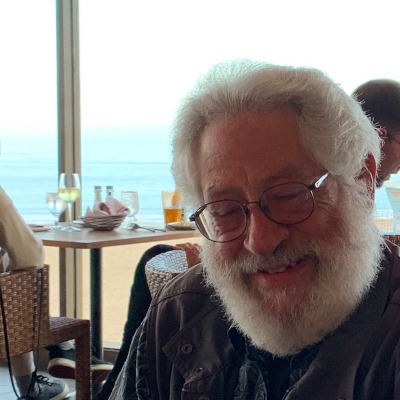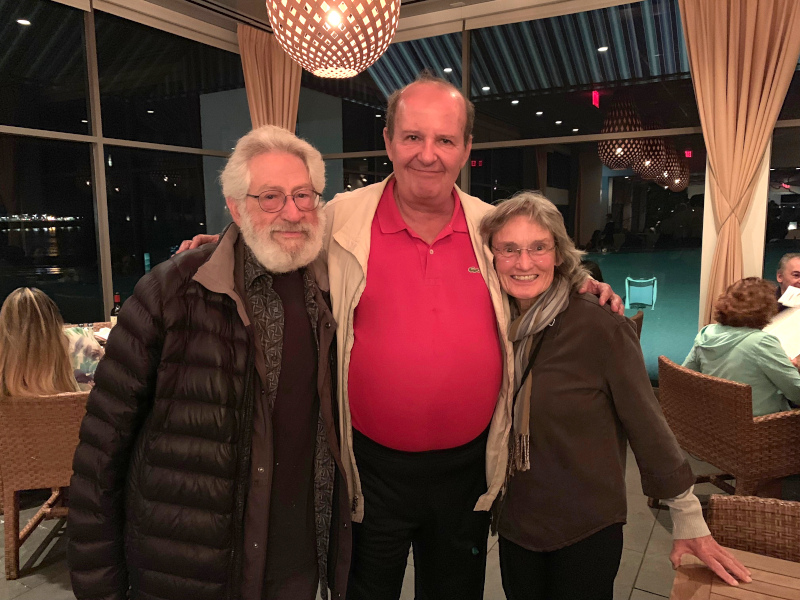A few days ago we reported that Philip Rosedale, the legendary founder of the Virtual Reality (VR) world Second Life, has returned as Chief Technology Officer (CTO) of Second Life’s parent company Linden Lab.
“We’re now in a unique position to define the future of virtual worlds, and Philip is returning to help myself and the exec team achieve that goal,” says Linden Lab CEO Brad Oberwager.
“I started Second Life in 1999,” adds Rosedale, “a decade before cloud computing and two decades before AI. We were early, but the success of Second Life to this day shows that we were not wrong. Virtual worlds will play an increasingly important role in the future of human culture, and I’m coming back to help make that happen in a way that has the most positive impact for the largest number of people.”
Second Life and the metaverse
The first news report of Rosedale’s return came from VR journalist Wagner James Au.
Au is the author of Making a Metaverse That Matters: From Snow Crash & Second Life to A Virtual World Worth Fighting For (2023). The book, which Rosedale has highly praised, includes many snippets of previously unpublished conversations with Rosedale.
The term ‘metaverse’, which is often used for large VR worlds, comes from Neal Stephenson’s science fiction novel Snow Crash (1992). Au points out that the metaverse was effectively designed by Stephenson in the novel, that Stephenson’s insights are still valid (but often ignored), and that Stephenson’s original metaverse is still the goal that the VR industry is striving to reach.
In the last chapter of his book, titled ‘Metaverse Lessons for the Next 30 Years’, Au offers important advice to the metaverse industry, including lessons from “The Fall of Second Life”. The first lesson is that the user community must come before everything else. I believe the industry should listen to Au carefully on this.
The fact that Second Life has faded out of public consciousness at the end of the 2000s and no next-generation metaverse has emerged to replace it could indicate that people can do without VR. But perhaps VR is just hard to do well, and nobody has figured out yet how to do it well.
“VR is hard to do well even in a lab, and there’s still a lot to learn about how to make great VR products,” says VR pioneer Jaron Lanier in Dawn of the New Everything: Encounters with Reality and Virtual Reality (2017). “Be patient… Just because it takes a while to figure a technology out, that doesn’t mean the world has rejected it… Maybe VR will be huge, huge, huge…”
It’s all about people
A couple of days after the announcement of Rosedale’s return to Second Life, Au has published a long interview with Rosedale. The two raise interesting points that could indicate the way to VR done right.
Au insists that “a virtual world is all about people.”
I think he is right. VR technology is very cool, but at the end of the day what keeps users coming back to a VR world is real (not virtual, but real) interaction with real people.
Rosedale also agrees. One thing that makes you feel that Second Life is a real world is that, when “talking to a real person in Second Life, is they’re obviously a real person who’s perceiving Second Life with you in a way that is complete and rich, so you can do things together,” he says.
Artificial Intelligence in Second Life
What role should Artificial Intelligence (AI) play in the VR metaverse?
Rosedale is not too bullish on AI technology. The proper role of AI in Second Life is “to be a matchmaker between real people,” he says. “Having the AI be a sex bot, but you fall in love with it forever, does not feel like a good idea to me.”
However, Rosedale hints at the possibility to use a virtual world like Second Life as training ground for AI. The fact that everything in Second Life is labeled and carries metadata could help AI bots understand the word of Second Life faster and easier than AI bots in the real world.
This reminds me of the delicious science fiction novella The Lifecycle of Software Objects, by Ted Chiang, where intelligent and perhaps fully conscious AI bots live in a fictional metaverse called Data Earth before moving to robotic bodies in our world. The idea that comes to mind is to take a large language model (LLM), couple it to a virtual body in a realistic part of Second Life, and let the LLM lose to explore and learn how things look like and behave.
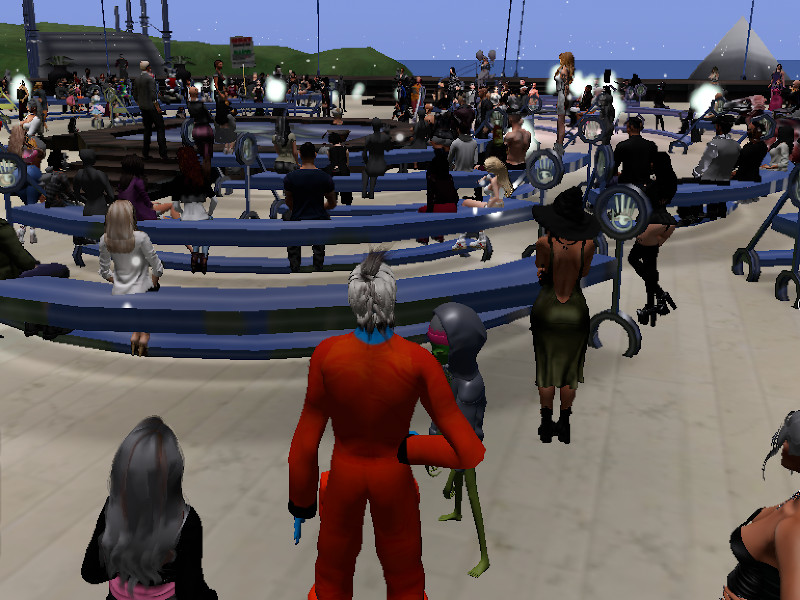
The future of Second Life
Rosedale has spoken to a big audience (by Second Life standards) at a Second Life Community Convention on November 1. The full video of the event is available via YouTube. I went to listen to him.
I’m an old hand at Second Life. I used to be a metaverse developer in Second Life and other platforms, often organized Second Life events about the future, emerging technologies, futuristic philosophies, the Singularity, and all that. Many people used to attend, and the atmosphere was positively electrifying. But before Rosedale’s recent talk, I had not been in Second Life for years!
There weren’t many differences to see since the last time I’d been there. This suggests to me that the technical development of Second Life has been stagnating, and Linden Lab needs Philip to revive it. In fact, many technical questions from the audience (e.g. about performance, lag, user interface, new scripting languages) are old questions that I’ve seen asked many times, but not answered.
I hope Philip Rosedale’s return to Second Life will spark a renaissance of Second Life as a real place for real people (and our AI mind children – I’m much more bullish than Rosedale on AI) to talk about big things and big questions, and bring that electric atmosphere back.
Let us know your thoughts! Sign up for a Mindplex account now, join our Telegram, or follow us on Twitter.
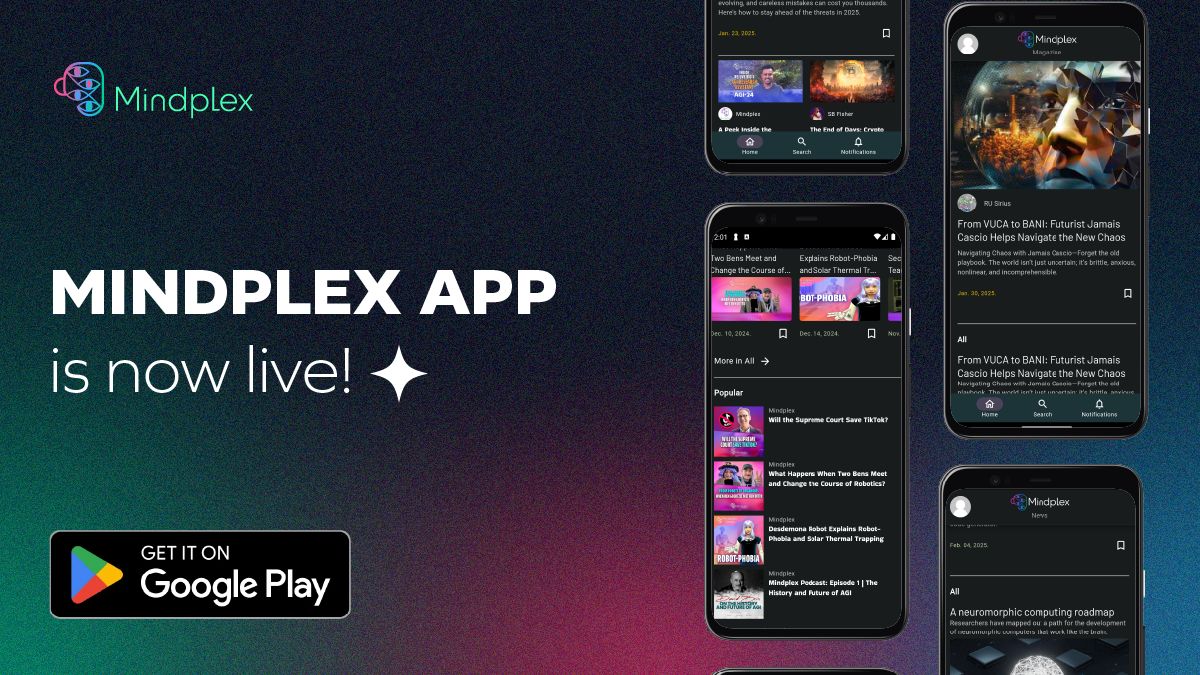

.png)

.png)


.png)
